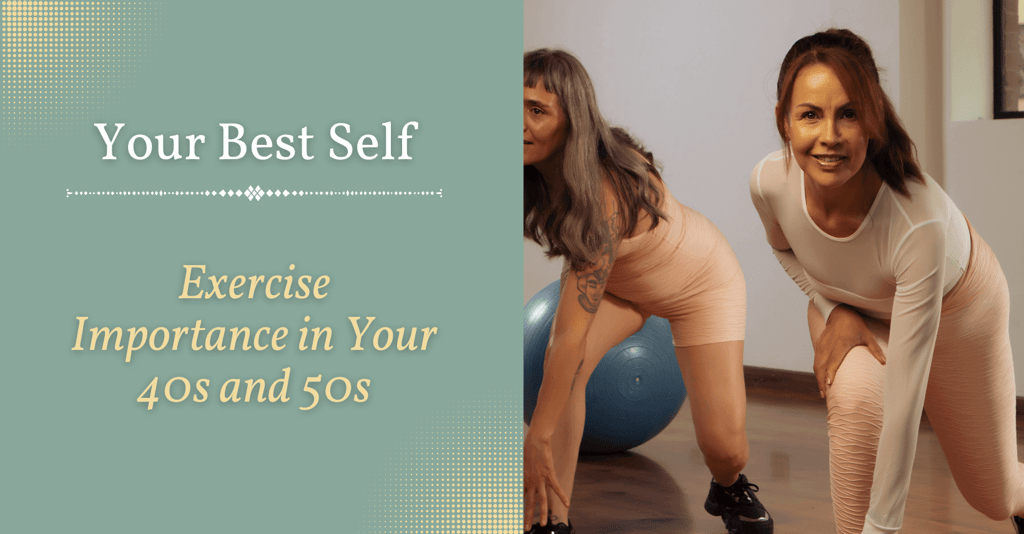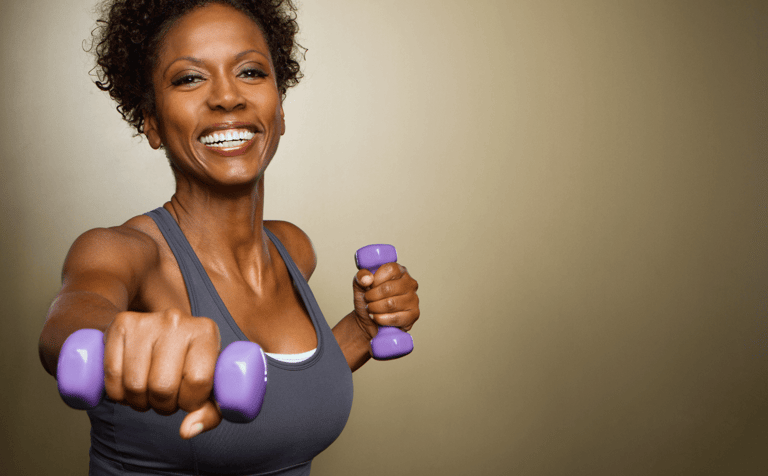Add your promotional text...
Achieve Your Best Self: The Importance of Exercise in Your 40s and 50s
11/4/20234 min read


Middle age can be a challenging phase of life, marked by various physical and emotional changes. As a woman in your middle years, you may be experiencing shifts in metabolism, bone density, and muscle mass. While these changes are a natural part of the aging process, they don't have to dictate your quality of life. One of the most effective ways to combat these changes and ensure a healthier, happier future is through regular exercise. In this article, we will explore the importance of exercising for middle aged women, and how it can positively impact your physical and emotional well-being.
1. Maintaining a Healthy Weight
As you age, your metabolism tends to slow down, making it easier to gain weight and more challenging to lose it. Regular exercise can help you maintain a healthy weight by burning calories and increasing your metabolic rate. This is crucial not only for your physical appearance but also for your overall health. Being at a healthy weight reduces the risk of various health conditions such as heart disease, diabetes, and certain types of cancer.
2. Bone Health
Osteoporosis becomes a real concern for women in middle age. This condition can lead to weakened bones and an increased risk of fractures. Weight-bearing exercises, such as walking, jogging, and resistance training, help strengthen your bones and maintain bone density. By incorporating weight-bearing activities into your exercise routine, you can reduce the risk of osteoporosis and its associated complications.
3. Muscle Mass and Strength
As you age, you naturally lose muscle mass and strength. Regular strength training can help counteract this process. Building and maintaining muscle not only enhances your physical appearance but also contributes to better mobility, balance, and overall functionality. Strong muscles also protect your joints and reduce the risk of injuries.
4. Cardiovascular Health
Heart health is a critical aspect of overall well-being, especially for middle aged women. Regular aerobic exercises, such as jogging, swimming, or cycling, can improve cardiovascular health, lower blood pressure, and reduce the risk of heart disease. By incorporating cardiovascular activities into your routine, you can keep your heart strong and resilient.
5. Mood and Stress Management
Middle age often comes with increased stress and emotional challenges. Exercise can be a powerful tool to combat stress, anxiety, and depression. Physical activity triggers the release of endorphins, which are natural mood boosters. It also provides a sense of accomplishment and a welcome break from the daily grind, allowing you to clear your mind and reduce stress.
6. Increased Energy Levels
It's not uncommon to feel a decrease in energy levels as you age. Regular exercise can help increase your energy and vitality. While it may seem counterintuitive, expending energy through exercise actually replenishes your reserves and leaves you feeling more energized throughout the day. This increased energy can enhance your productivity and quality of life.
7. Social Benefits
Exercising isn't just about physical health; it can also have social benefits. Joining fitness classes or workout groups can help you connect with others who share similar goals. Building a social network around exercise can provide motivation, accountability, and a sense of community that enhances your overall well-being.
If you have any questions or need some assistance, feel free to submit a comment or send us a message here.
In conclusion
Don't let post-weekend fitness stress hold you back. Instead, use it as an opportunity to reevaluate your fitness routine and make adjustments for the better. By being kind to yourself, reflecting on your choices, and implementing these tips, you can regain your motivation and continue your journey to a healthier, fitter you. Progress is the key, not perfection.
Exercises for a Balanced Fitness Routine in Your Middle Age
Including specific exercises for both the upper body and lower body can help middle aged women achieve a well-rounded fitness routine. Here are some exercises you can incorporate into your workout regimen:
Upper Body Exercises:
Push-Ups: Push-ups are excellent for strengthening the chest, shoulders, and triceps. They also engage the core for stability. You can start with modified push-ups (knees on the ground) if necessary and work your way up to standard push-ups.
Dumbbell Rows: Dumbbell rows target the upper back and biceps. Hold a dumbbell in each hand, bend at the waist, and pull the weights up toward your hips, squeezing your shoulder blades together.
Overhead Press: This exercise works the shoulders and triceps. Stand or sit with a dumbbell in each hand, press the weights overhead while keeping your core engaged. Lower the weights back to shoulder height.
Tricep Dips: Tricep dips can be done using a sturdy chair or a parallel bar. They focus on the triceps and help tone the back of your arms. Sit on the edge of the chair, grip the sides, and lift your body up and down by bending and straightening your arms.
Lower Body Exercises:
Squats: Squats are a fantastic exercise for strengthening the lower body, including the quadriceps, hamstrings, and glutes. Stand with your feet shoulder-width apart, lower your body by bending your knees, and return to a standing position.
Lunges: Lunges work the quadriceps, hamstrings, and glutes while improving balance and stability. Take a step forward with one leg, bend both knees to create two 90-degree angles, and then return to the starting position.
Deadlifts: Deadlifts target the hamstrings, glutes, and lower back. Stand with a barbell or dumbbells in front of you, hinge at the hips, and lower the weights while keeping your back straight. Then, return to a standing position.
Leg Raises: Leg raises are a great exercise for strengthening the core and working the hip flexors. Lie on your back, keep your legs straight, and lift them off the ground while engaging your core. Lower them back down without touching the ground.
Calf Raises: Calf raises focus on the calf muscles. Stand with your feet hip-width apart and lift your heels off the ground by pushing up onto your toes. Lower your heels back down.
Incorporating a combination of these upper and lower body exercises into your fitness routine will help you achieve a balanced and effective workout. Remember to start at your own fitness level and gradually increase the intensity as you become more comfortable with these exercises. Always consult with a fitness professional or your healthcare provider if you have any underlying medical conditions or concerns before starting a new exercise routine.


